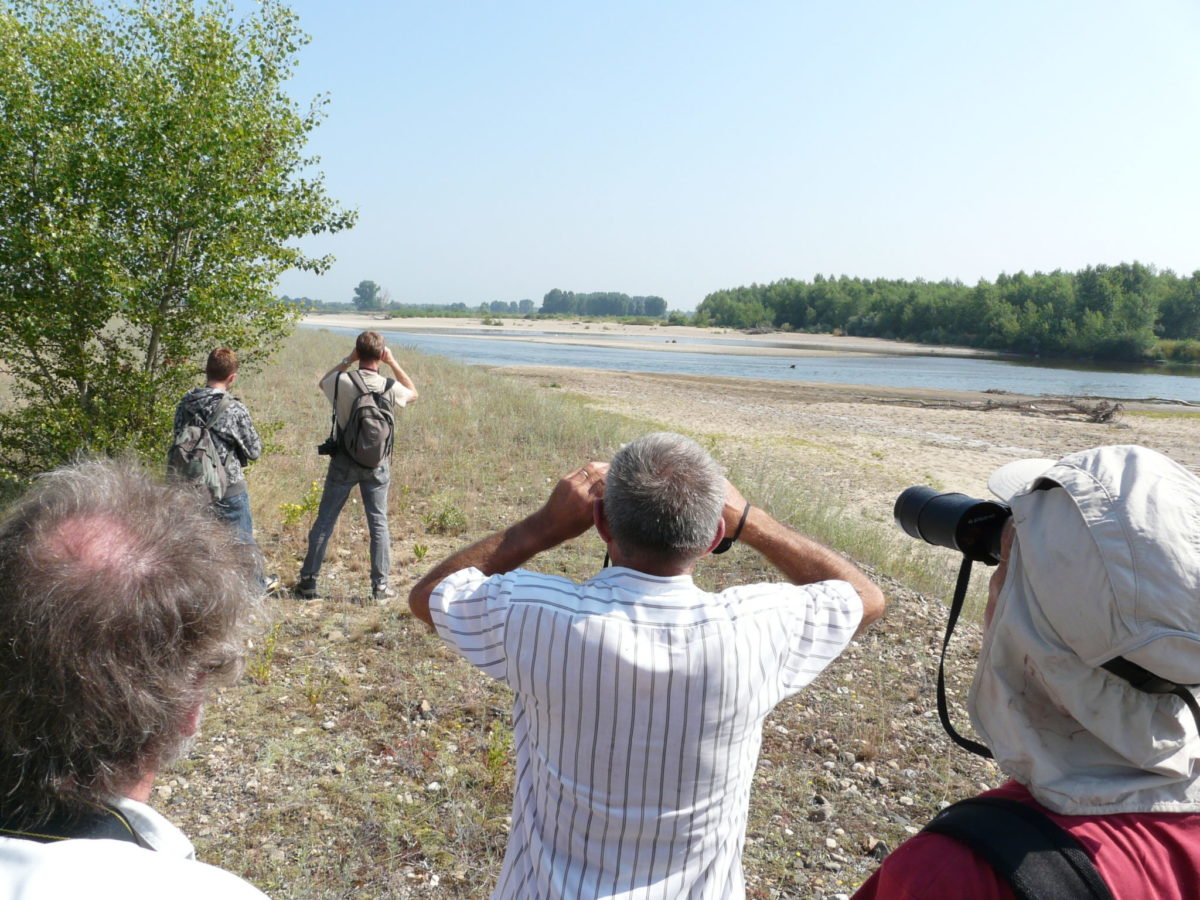Ébreuil
Ébreuil is an ancient town, bordered by the Sioule river and located at the entrance of the Sioule Gorge, an heaven-like place for fishermen, with the Chouvigny castle overseeing the place. The streets of the old city of Ébreuil will lead you to: the Saint-Léger abbey, a one-star location at the Green Michelin Guide, dating back to the 9th century; the merchants’ covered market, registered Monument Historique; the ancient salt attic; the Echaguette house… without forgetting the 18th century Charitains’ Hospital, with its art gallery and lake.
Nature destination by excellence and Holiday Green Station : you will be able to fish, rent a canoe, practice hiking and numerous other activities with your friends or family.
Finally, Ébreuil has obtained the label “Small City of Character” in 2019, the promise not to leave you indifferent.
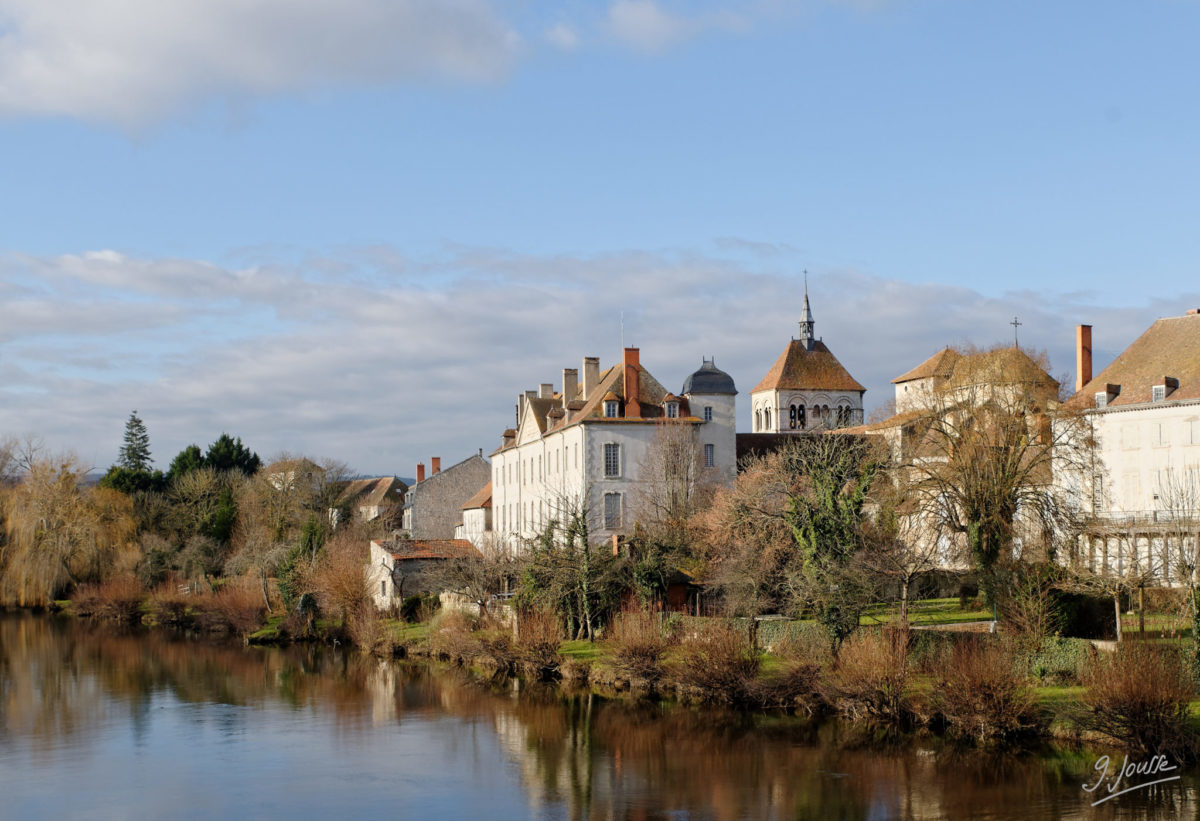
Gannat
Chez nous, there is no need to choose between city and countryside !
This town of a bit more than 6,000 inhabitants will astonish you with its shops and services. Gannat provides pleasant and dynamic living conditions. Known as “the city in the countryside”, it offers all the advantages of a town, at the heart of a preserved environment.
Besides the remains of its history; the Saint-Croix church, the fortifications of the ancient castle of the Sires of Bourbon, the old towers; what catches one’s attention in Gannat is its friendly atmosphere, at the heart of the countryside. Come to visitthe Yves Machelon municipal museum, keeper, inter alia, of the Carolingian Evangeliary, and offering temporary exhibitions.
The city also benefits from a worldwide recognition thanks to its music and dance festival: Les Cultures du Monde (The Cultures of the World), partnering the UNESCO; and its paleontology park: Paléopolis, la colline aux dinosaures.
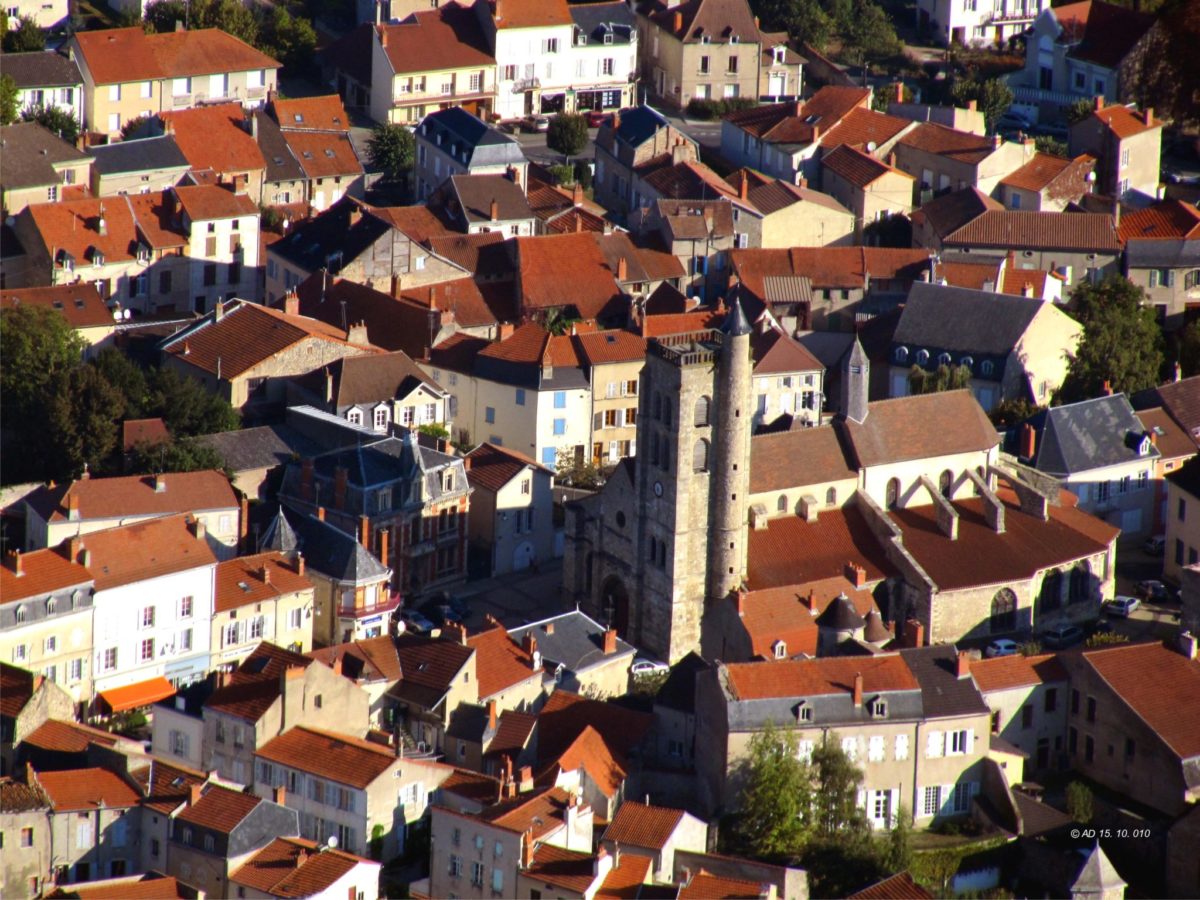
Viaduct of Rouzat
Chez nous, viaducts are the Eiffel Tower’s big brothers !
From Gannat, take the direction towards Mazerier and then take the road D35 to arrive to Saint-Bonnet-de-Rochefort. On the way you will be able to cross two viaducts : Neuvial viaduc and the Rouzat viaduc, called the Eiffel viaducs. The constructive system developed by Pierre-Felix Moreaux is innovative : a wire mesh resting on two masonry abutments with multiple arches and several metallic piers. The recently created enterprise of Gustave Eiffel was in charge of the construction of its two railway viaducts. They are registered as Historical Monuments since 1965.
Other viaducts are present in the Val de Sioule : the Bouble, Bélon, and Perrière viaducts.
In 1863, the Paris-Orleans Company obtained the concession of the Commentry-Gannat line, representing 52km requiring 1133 meters of tunnel and 7 viaducts. 5 viaducts were then built by Nordling, chief engineer of the company, over the Sioule river. The viaducts were achieved in 1869. However, the completion of the line was delayed due to the war of 1870; it finally opened in 1871.
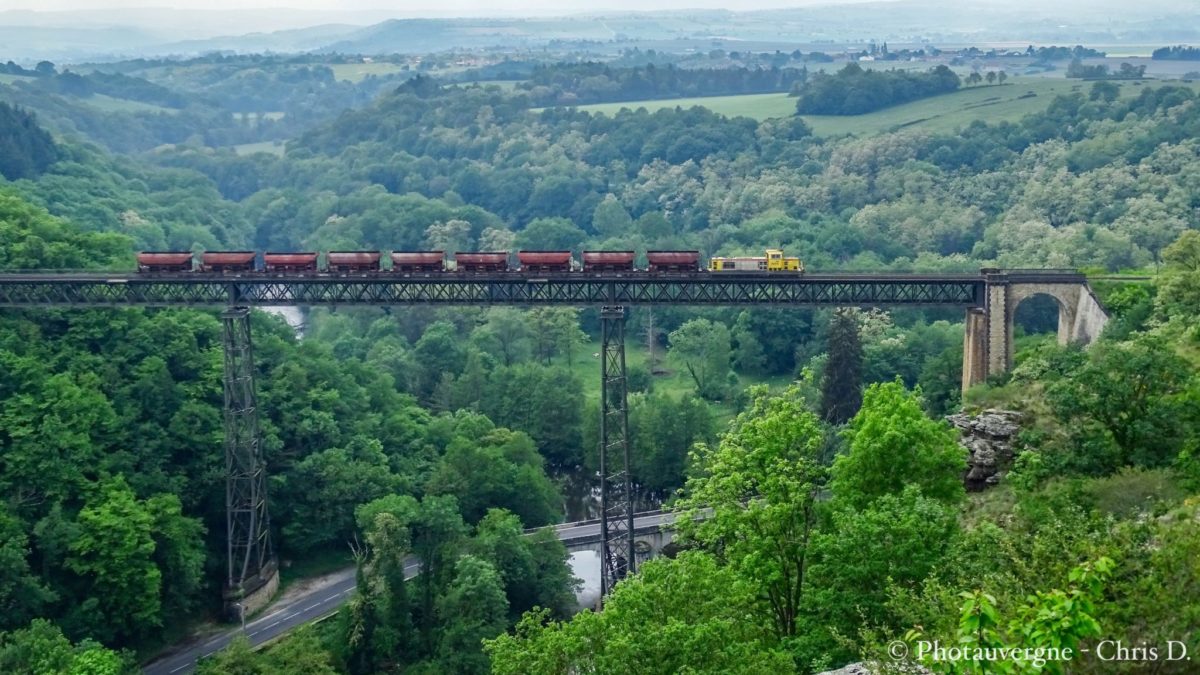
Charroux
Chez nous, there is no catfish ! Welcome to Charroux !
Ancient medieval city, formerly fortified. Charroux is registered Plus Beaux Villages de France (Most Beautiful Villages in France). Its patrimony will seduce you. Admire the paved alleys, the half-timbered houses, the ancient gates of the city, the wells, and the Saint-Jean-Baptiste church and its bell tower, whose mystery has finally be solved !
Charroux is also an active et dinamic village with its artists’ and craftsmen’s shops, as well as its art galeries. Discover the local products, including the famous Charroux mustard, candles, soaps, saffron…
You can also visit the Museum of Charroux and its 14 rooms (you’ve read well, 14 !).
Local life is paced by the different activities organised in the village, such as the flea market, the Printemps des Saveurs, the Artists’ and Craftsmen’s Festival, the Christmas Market, without forgetting the famous Fête de la Soupe ! And believe us, there is more !
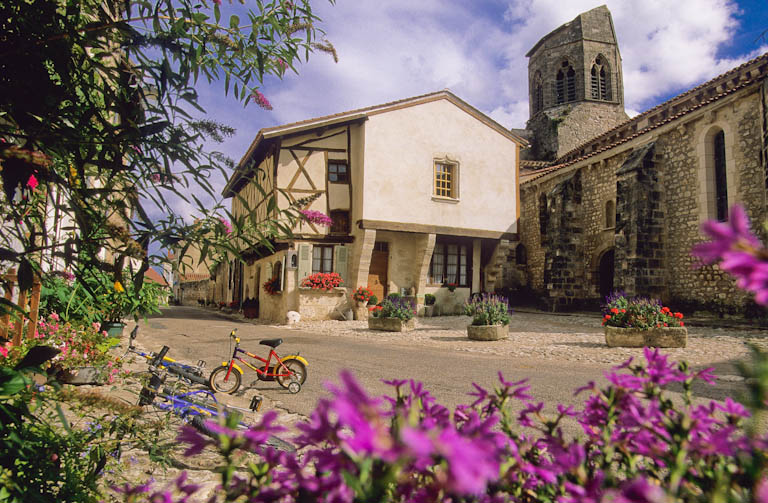
Bellenaves
True Val de Sioule’s green lung, the Colettes forest is known as one of the most beautiful beech woods of Europe. It is very old: a selling certificate dating back to 1245 has been found. It fell into the forest area of the State after the seizure of Charles III’s belongings, constable Bourdon duke in 1527. Those places were used by smugglers to illicitly trade salt, as the forest lies between the Auvergne region, a territory where salt was not taxed, and the Bourbonnais, a place where this condiment was taxed heavily.
Did you know it ? The name “Colettes forest”, formerly called the “Colettes wood”, might signify “the wood of the running sources” !
Thanks to its geology, height, variety and diversity of its essences, the Colettes forest offers to strollers a perpetual discovery of nature. In a wild environment, explore the tortuous roads, ravines, valleys, streams, the Bouble river, rare minerals and mushrooms… Climb at the heart of the forest thkans to the treetop adventure park, Accro’Sioule. Do not forget the Bélon and Perrière viaducts and the peak: the Bosse (729 m), allowing the viewer to discover the Chaîne des Puys, registered at the UNESCO’s World Heritage, when the wheather permits it. Over there, Wolframines, the house of minerals, will a-stone-ish you. Bordering the Colettes forest, Bellenaves, a charming village with the jewel of its patrimony: the Saint-Martin church, will offer you the rest you deserve after your captivating adventure through the forest. The weekly market of the Wednesday morning and its automobile museum located and in an ancient snails’ cannery are also to be discovered !
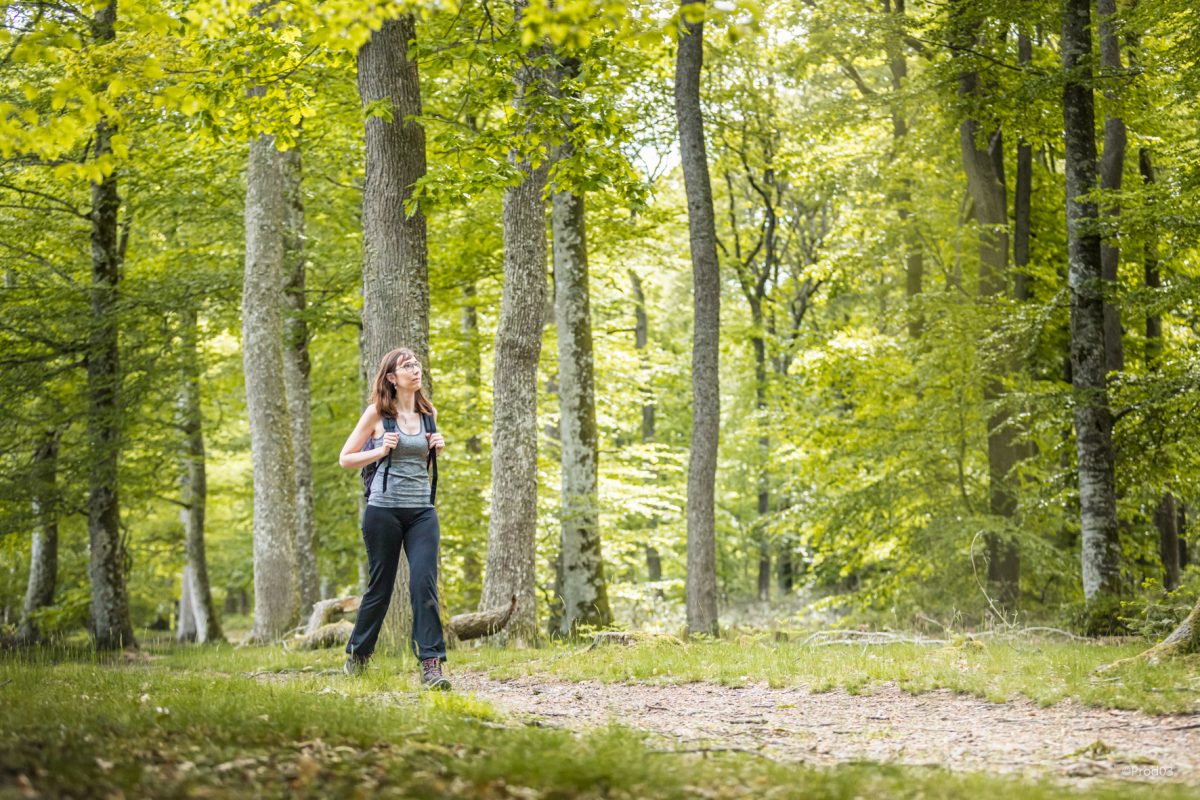
Chantelle
Former castellany, Chantelle is also known for its Saint-Vincent Abbey, dating back to the end of the 11th and begining of the 12th century, and its community of Benedictine sisters who live there and developed a company manufacturing natural cosmetics since 1954. This is the only French abbey to develop, produce and condition care products at the heart of an historical monument !
In the city, fortified in the past, the medieval houses and towers bear witness of the castle and its history. Key elements to be seen: the rue du cul de sac, home to high and ancient houses from the 15th and 16th centuries, including the ancient Jesuit school; the esplanade du connétable, the rue de l’horloge, …
Regarding nature, you will find, below the abbey, the Anne de Beaujeu promenade, which will lead you to the riverside, at the heart of the Bouble Gorge, Espace Naturel Sensible (Sensitive Natural Space).
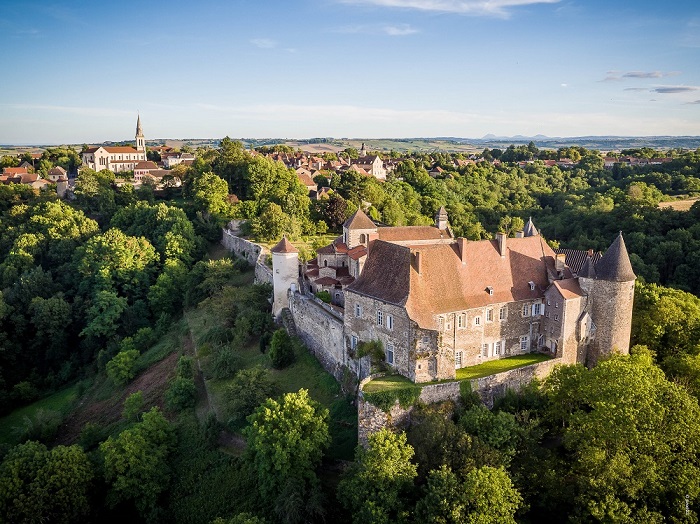
Chareil-Cintrat
The castle of Chareil-Cintrat was originally one of the fiefdoms of the Bourbon familly. In the early 16th century, Claude Morin, Wars’ Common Controller, became the new owner of the castle, and ordered the construction of a castle with towers, with two that can still be seen nowadays. Back from the campaigns of Italy, Mr. Morin ordered Italianate painted decors for his castle. In 1958, this latter was registered as an historical monument, thanks to its artistry.
The painted decors are formed of a grotesque ensemble unique in France by its scale and finesse of execution. It is completed by mythological and astrological scenes.
Next to the castle, you will find a hill covered in vines: the Conservatoire des Anciens Cépages (the Ancient Grape Varieties Conservatory). This place, unique in the Auvergne-Rhône-Alpes region, harbors, over two hectares, the ancient grape varieties cultivated in the Saint-Pourçain vineyard.
The objective of such a place is to raise visitors’ awareness about the savoir-faire linked to the cultivation of those ancient grape varieties.
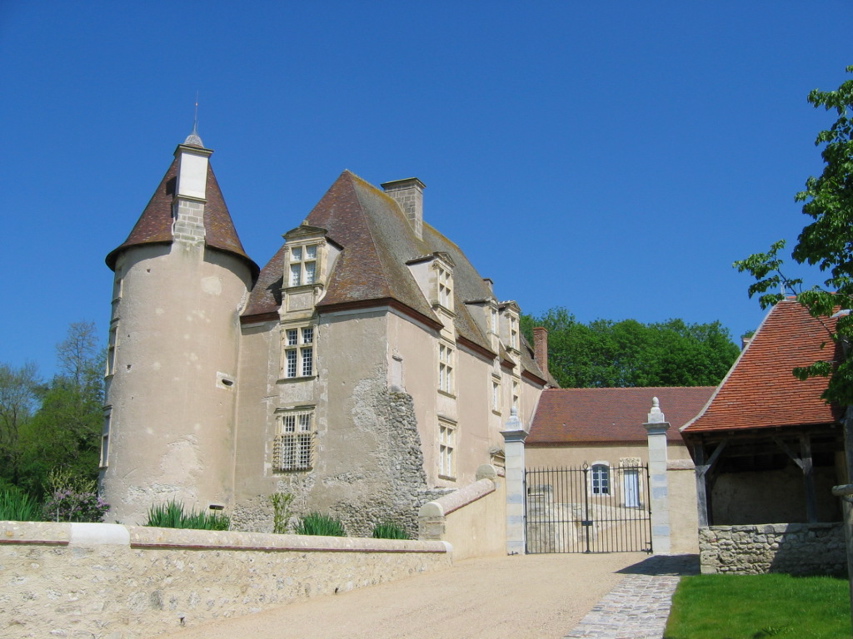
Saint-Pourçain-sur-Sioule
Chez nous, the wine is divine !
Formerly fortified, the city of Saint-Pourçain developed around an ancient monastery. The wine city reveals, along its alleys, its architectural secrets around the gigantic Sainte-Croix abbey church. Through the historical center, you will discover the Museum of Vine and Terroir, the belfry (clock tower) and its magnificent spiral staircase, the Benedictine courtyard, and more…
The Île de la Ronde and the Cordeliers are true green parentheses in the city. the Némusiens garden, an Eden-like garden, is also hidden in one of the streets. Hundreds of colors and odours will welcome you in this charming place, where more than 300 plant varieties are cultivated.
Do not forget to get to know the winegrowers of Saint-Pourçain ! They will welcome you to present you the AOC Saint-Pourçain vineyard, one of the oldest in France, and you will also be able to taste one (or many) of the vintages locally produced ! You will like the red grape varieties, Pinot Noir and Gamay, as well as the white grape varieties, Chardonnay and Sauvignon, with an honorable mention to our autochthonous white grape variety: the Tressallier.
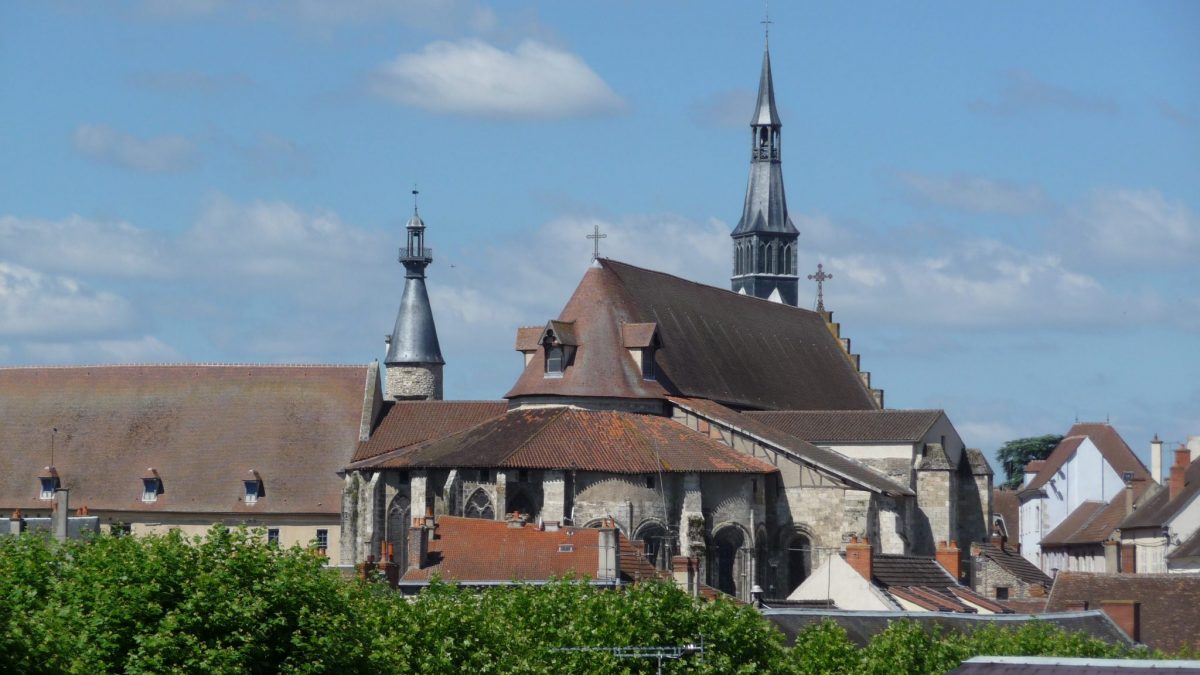
Verneuil-en-Bourbonnais
Chez nous, once upon a time, an enchanted village…
The charming village of Verneuil-en-Bourbonnais is nested at the heart of the Saint-Pourçain vineyard. Passing before the ruins of the Bourbon Dukes castle, you can walk through the alleys and discover an enchanted place with atypical churches: Notre Dame sur l’Eau and the Saint-Pierre collegiate; half-timbered houses, the old medieval courthouse, the 14th century closed city gate… without forgetting the “Gnomon” sundial, the asleep giant and the unusual Museum of Washing and Ironing !
Walking through the village, one might feel like in a fairytale, with medieval and fantastic features.
The artists and craftsmen of the village welcome you all summers in their shops to share their savoir-faire and creations: glassmakers, sculptors, drawers and more.
You want more ? The scarecrows’ stroll, from mid-June to early September, will surprise you.
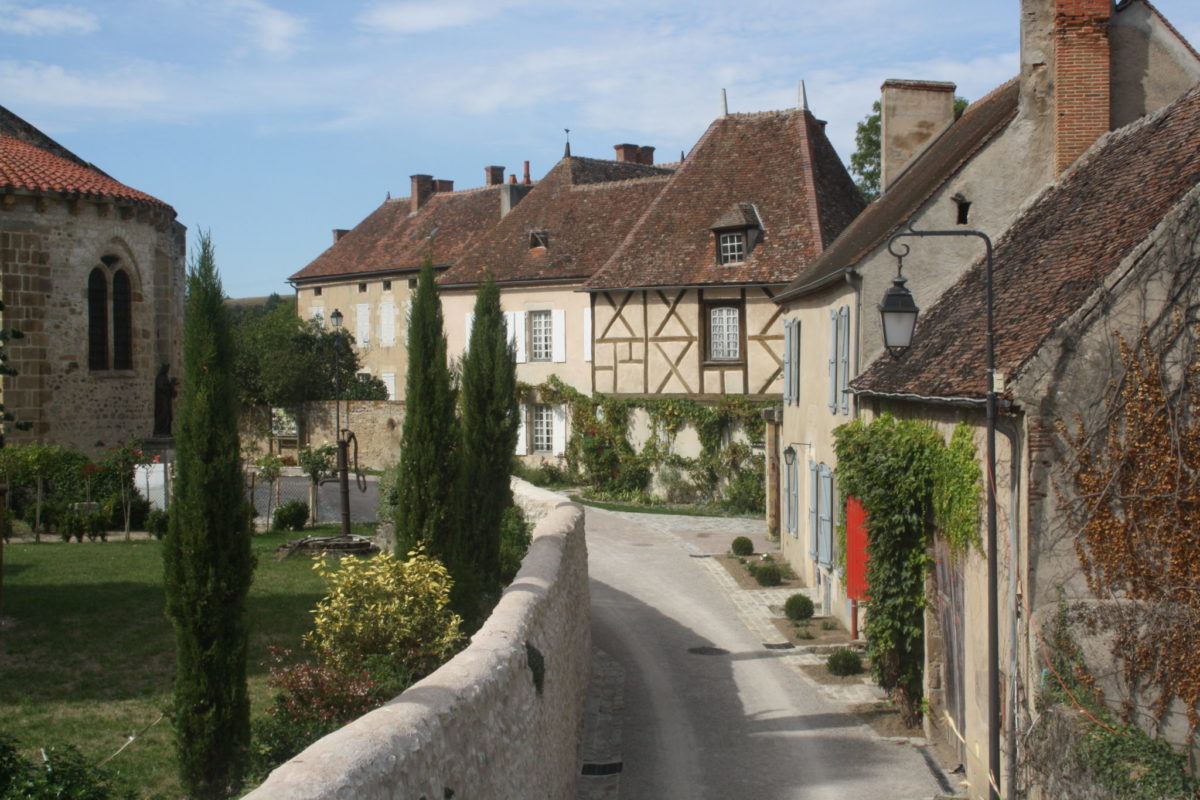
Monétay-sur-Allier
Chez nous, rivers are not losers !
The pretty village of Monétay-sur-Allier is bordered by the rivers Sioule and Allier.
The jewel of the village is without hesitation the Saint-Fiacre church, cited in the archives as “one of the most beautiful churches of the land”. This roman church was topped by a bell tower with thin columns.
Monétay benefits from a remarkable position at the heart of the Val d’Allier natural reserve, where fauna and flora are preserved and protected.
